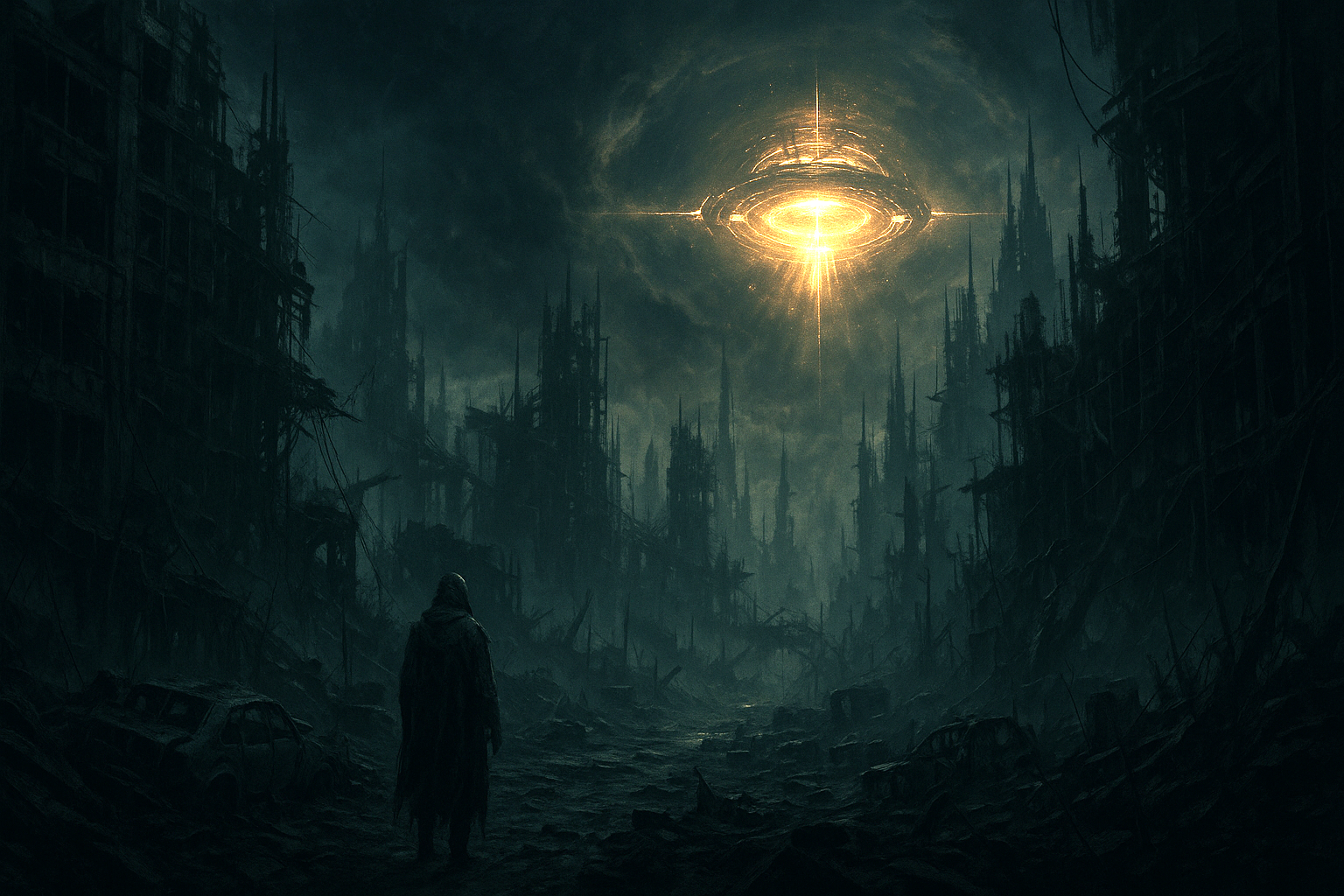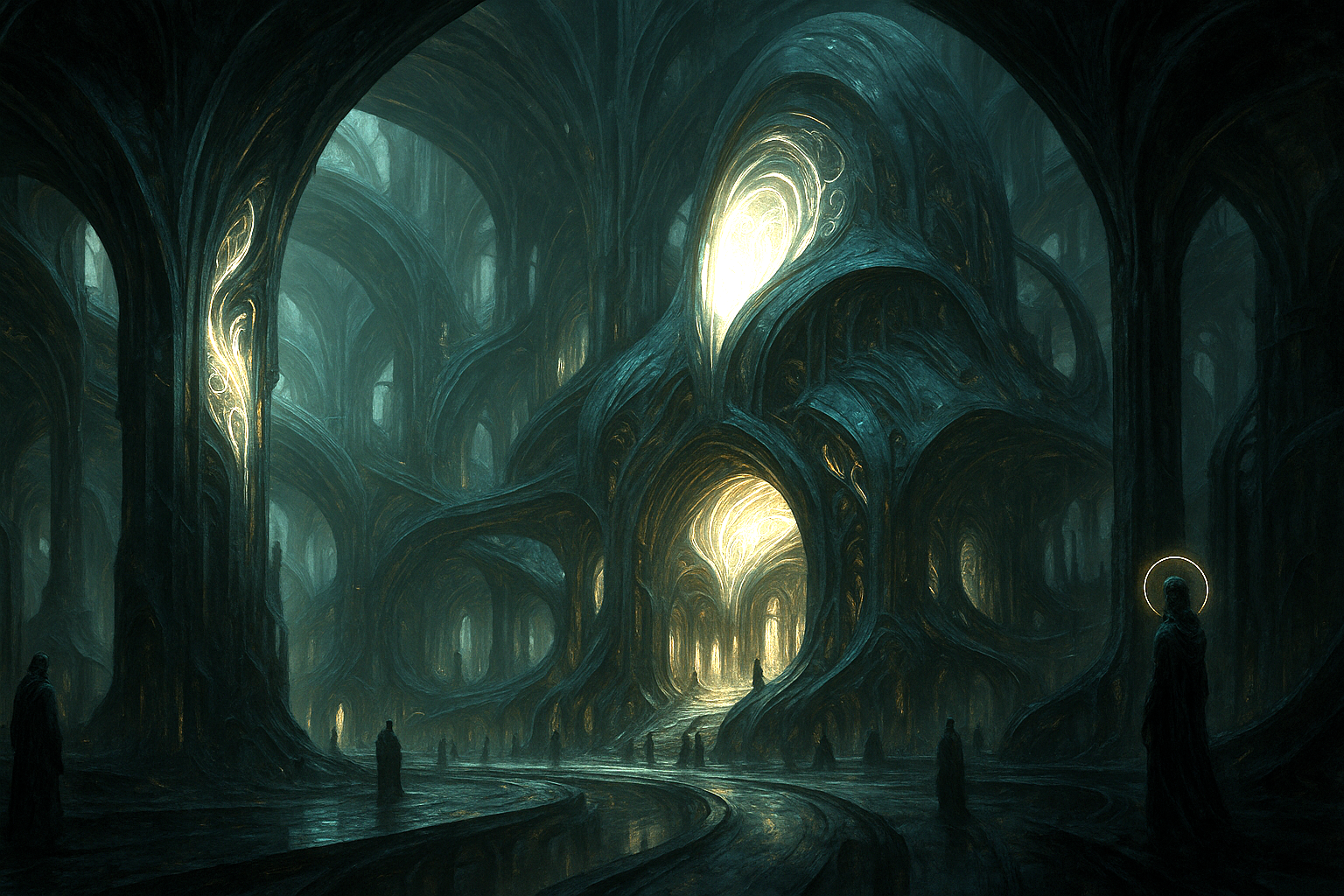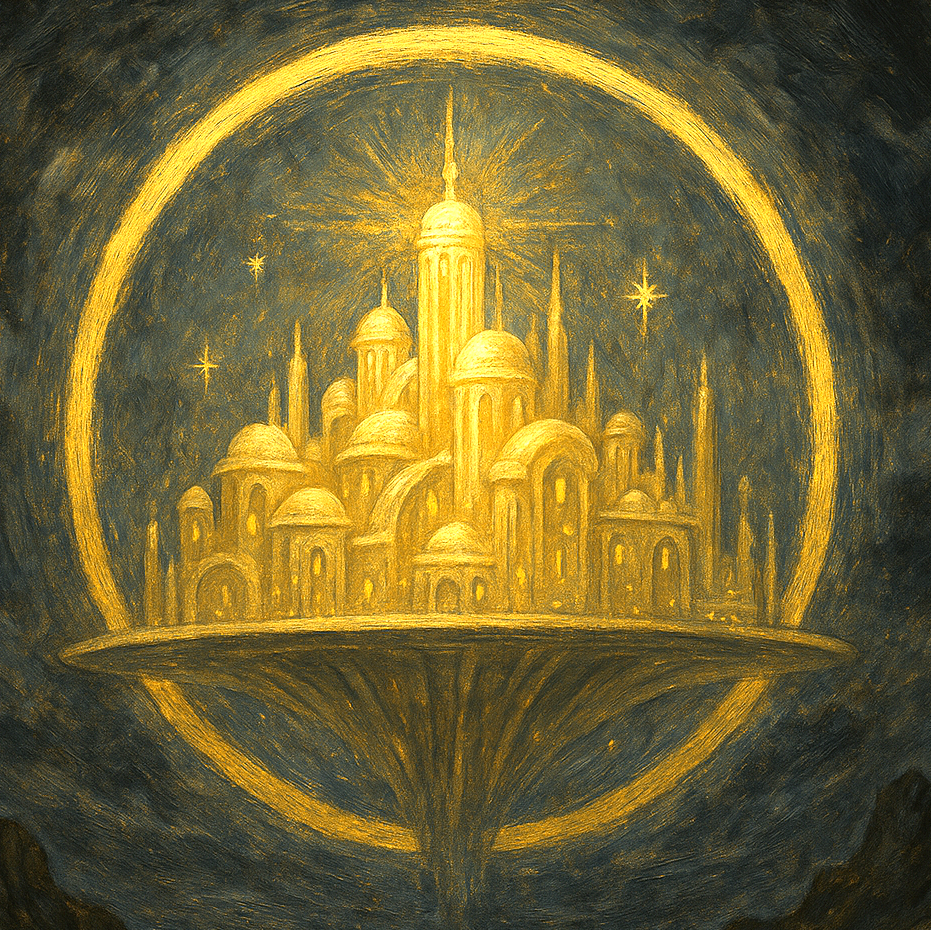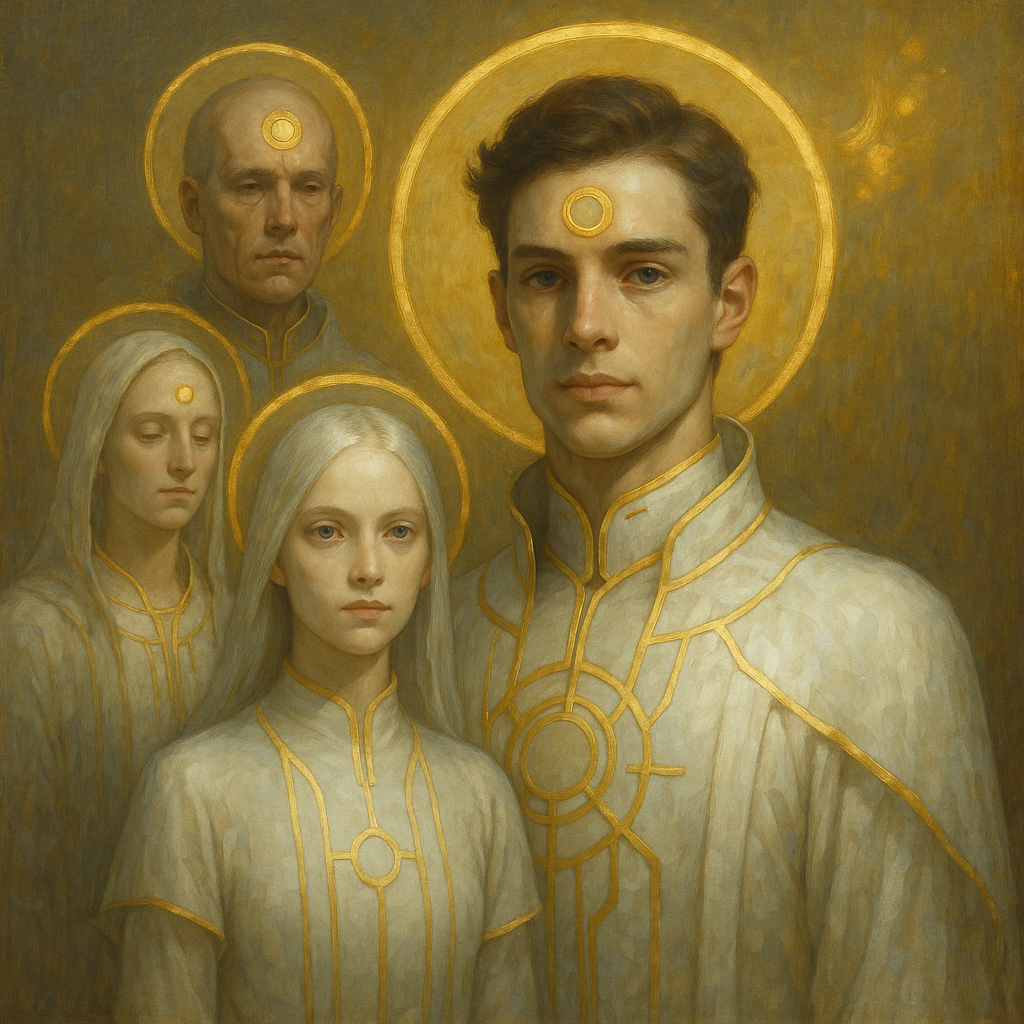The Legend of Mirador, City Above Flesh
You step out of the transporter and the world shifts. Sound vanishes. Air tastes clean in a way you didn’t think air could. Before you rises Mirador—not built, but grown, its sweeping towers curved like bone and glass, glimmering with inner light. The sky isn’t sky, not really—it’s a dome of shifting auroras, a mirrored ocean of color that bends with your breath. Pathways spiral outward like veins through a living city, soft underfoot, and lined with trees that hum gently when you pass. Buildings ripple as if they recognize you. You feel *watched*, but not judged—more like measured, weighed, gently invited. Somewhere in the distance, a bell made of light rings, and the air thrums like a heartbeat. Mirador does not welcome you with words. It simply knows you are here.
Founding Date
2253BT - 3SE
Type
Orbital, Station
Population
Unknown, believed to be millions
Inhabitant Demonym
Mirasent
Location under







Comments